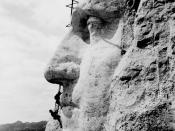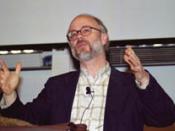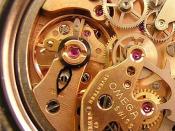Introduction -- What is implied by the concept of "an intelligently designed universe"?
What does it mean on a grand scale to assert that the universe is the product of an intelligent designer? In a scientific age that exalts rationalism and chance, what empirical evidence could possibly support such a claim? As humans contemplating the immense complexity of the cosmos, might certain features of the universe suggest that our "home" has in fact been carefully crafted for our benefit? Can our own human experiences of creativity and design illuminate the concept of a cosmic designer? These questions underlie the discussion of intelligent design theory, a resurgent area of inquiry by both Christian and secular scientists in search of a reasonable explanation for the marvelous complexity of the universe.
In his classic, Natural Theology (1802),{1} eighteenth-century English philosopher and theologian William Paley marshaled evidence for a designed universe from both the physical and biological sciences.
However, his argument for design was called into question by Darwin's theory of evolution. But new discoveries in the latter half of the twentieth century in the fields of astronomy, cosmology, and abiogenesis (the origin of life) have provided extremely compelling evidence for a designed universe. These findings have been publicized in the popular print media (Time, December 1992 and Newsweek, July 1998), featured in television specials on PBS and BBC, and disseminated through a wide variety of popular and scholarly books, including entries from prestigious academic publishing houses such as Oxford and Cambridge University Presses.
Before we examine the evidence from cosmology, physics, and chemistry that suggests the universe has been designed as an ideal habitat for life in general and for humans in particular, let me first clarify what is meant by the term "design."
How Can We Identify Designed Objects in the Natural...


